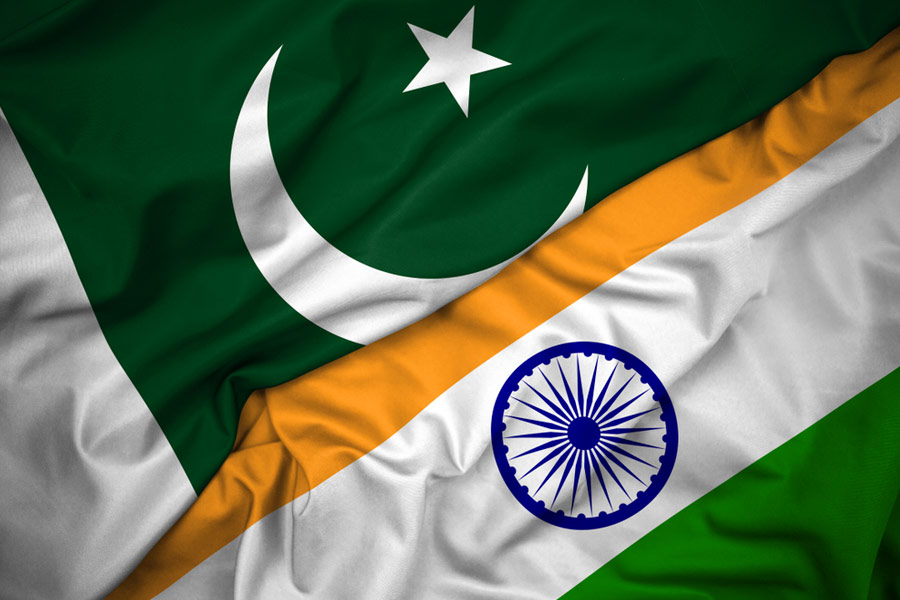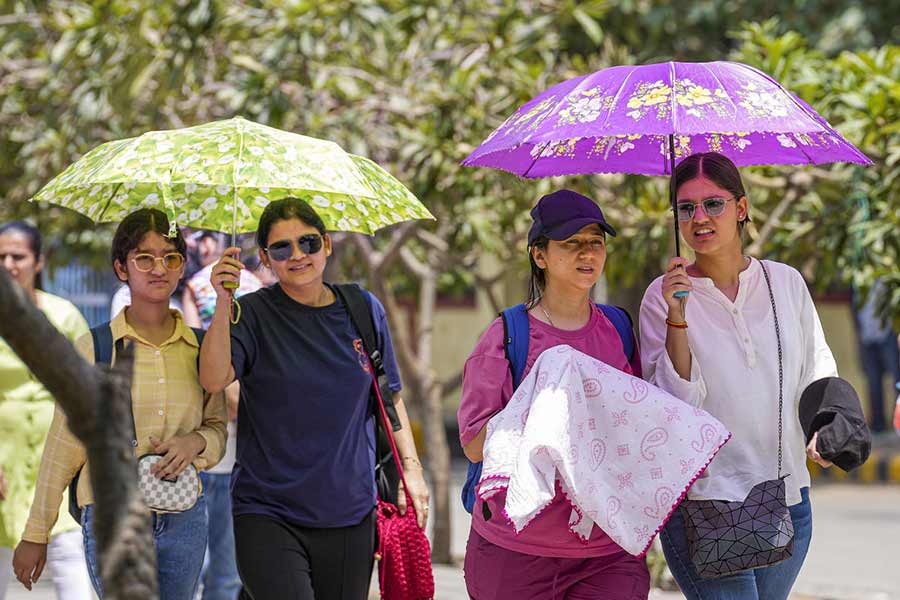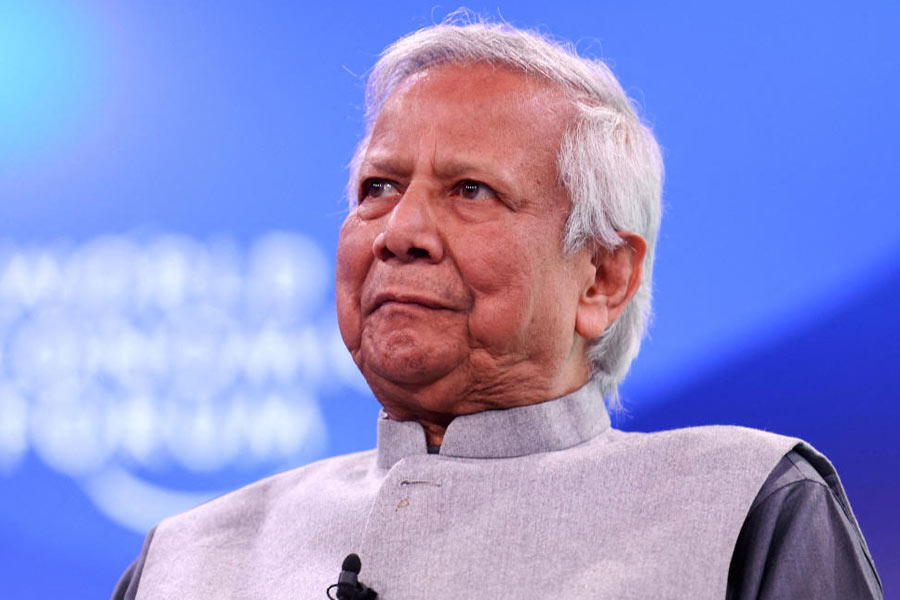 |
| PICTURE THIS: Rabindranath Tagore in a green nook of Shanghai’s commercial and leisure district called the French Concession. (Madhumita Bhattacharyya) |
Almost 90 years after Rabindranath Tagore left an indelible mark on China’s literary landscape, he has returned to be a permanent and more tangible part of Shanghai’s shimmering cityscape.
The bard has returned — in the form of a bronze bust crafted by Calcutta’s Gautam Pal — to the city he visited three times in the 1920s. He is nestled in a green nook at the intersection of Maoming Lu and Nanchang Lu.
Now the heart of the city’s bustling commercial and leisure district called the French Concession, the spot was chosen as home for the statue because of its proximity to the residence of Chinese poet Xu Zhimo who had hosted Tagore on two of his visits here.
The part of Maoming Lu on which Tagore is perched has a mix of posh restaurants, cafes, bars, boutiques and traditional Chinese tailor shops. On these side streets, the city’s past as a trade hub carved up by various nations — this one belonged to the French — has left it with quaint heritage buildings peering out from behind less poetic architecture. There is bustle here, but not too much of it. And the positioning of the bust at a traffic light means that it is likely to catch even the busiest eye.
Before the bust was formally unveiled by President Pratibha Patil, all four corners of the crossing were lined with people caught unawares by all the action on a normally slow Sunday evening. In a brief ceremony, the President and local politicians pulled away a maroon velvet veil covering the image and laid flowers before it. She waved out to the crowds who were happy to wave back, though they were still speculating amongst themselves whether or not this was a “Yindu” (Indian) leader.
They were intrigued enough to stick around even after Patil was whisked away in a flurry of limousines. Some spectators took a closer look at the inscription which explained that the bronze was of Tagore — known in China as Taige’er — and described him as Asia’s first Nobel laureate in literature “who composed the national anthem Jana Gana Mana” and had visited Shanghai thrice.
Tagore’s first trip to China started with his arrival in Shanghai on April 12, 1924, and he stayed at Xu Zhimo’s residence at 913 Yanan Zhong Lu. That location is already marked with a plaque bearing the name of Tagore.
While poets including Xu Zhimo were thrilled to receive Tagore in the country (“He appears, arrives, he is here!/Let us sing/let us praise/it is the resurrection of the East/it is victory of light,” Xu had written), his views were not universally well received in a post-World War I China where traditional values were being challenged. His reception in Beijing was mixed.
But the man who has been called China’s “most controversial guest of the 20th century” remains beloved enough in the 21st century to be a familiar name to many a citizen. “Tagore, in fact, is the only Indian author who is widely read in China,” says Bivash Mukherjee, a Shanghai-based journalist who has made a documentary on Tagore’s China connection.
Stray Birds, The Crescent Moon and Gitanjali are among the works most widely known, translated from the Hindi or English to Chinese. And there is also a project currently on to translate his works directly from Bengali.
The India Pavilion at the World Expo — that was visited by Patil on Sunday — hosted a Rabindra Jayanti event on May 10 with Chinese writers reciting works by and on Tagore.











